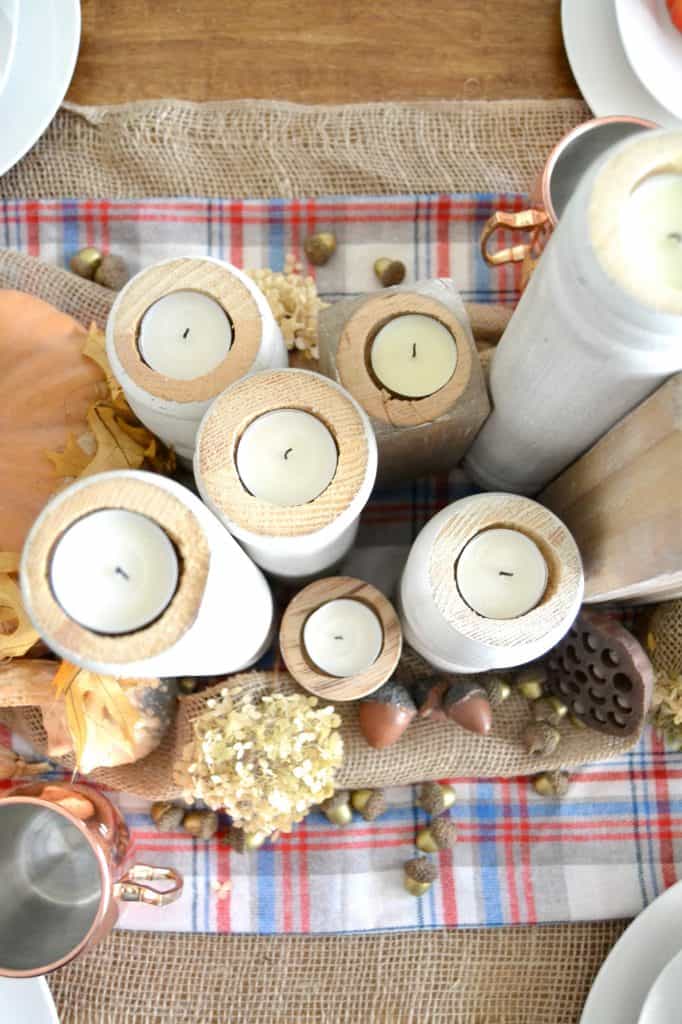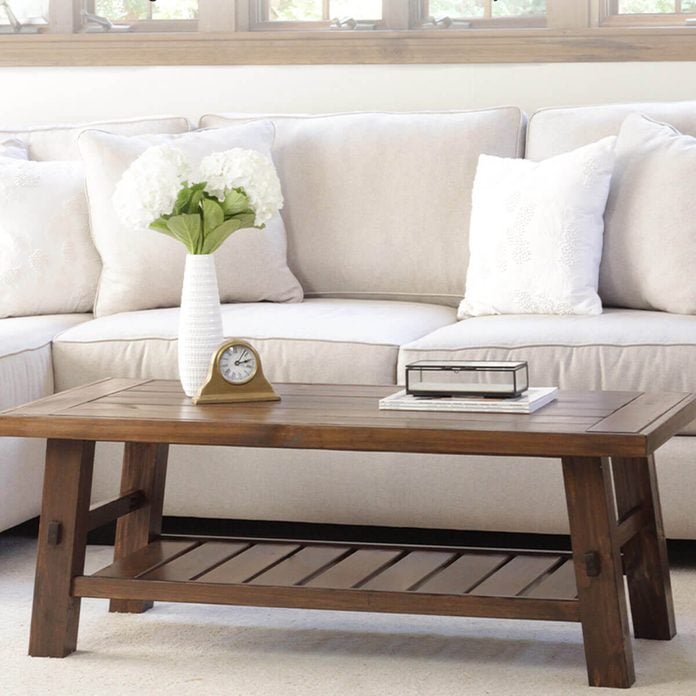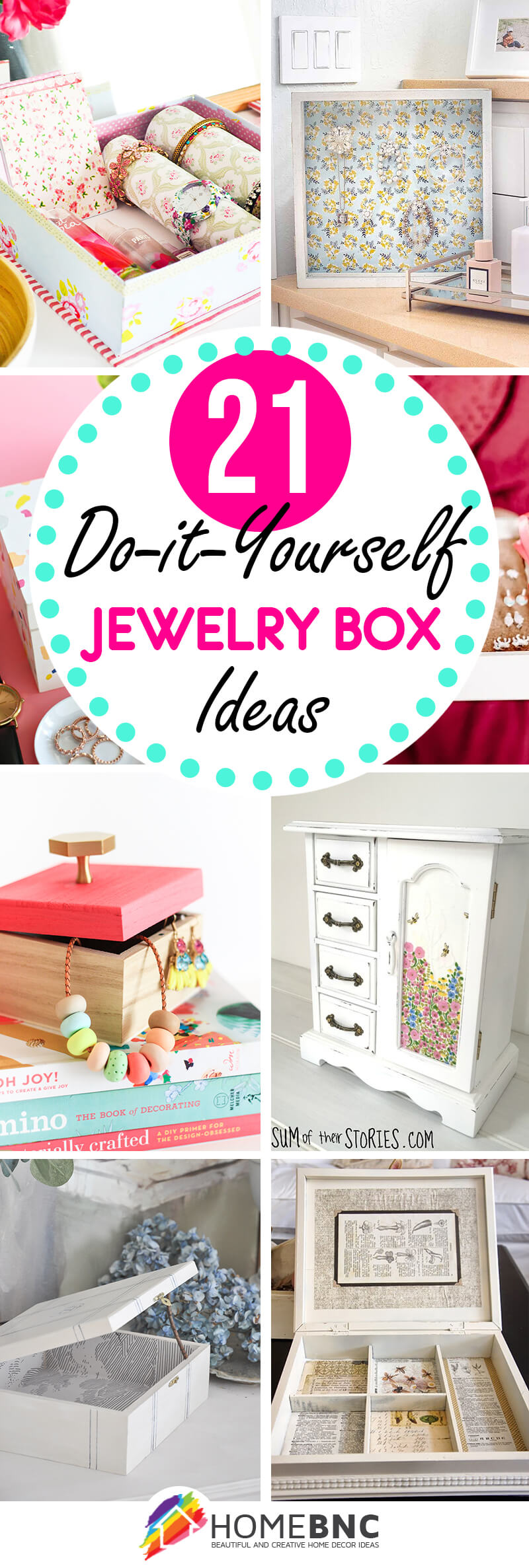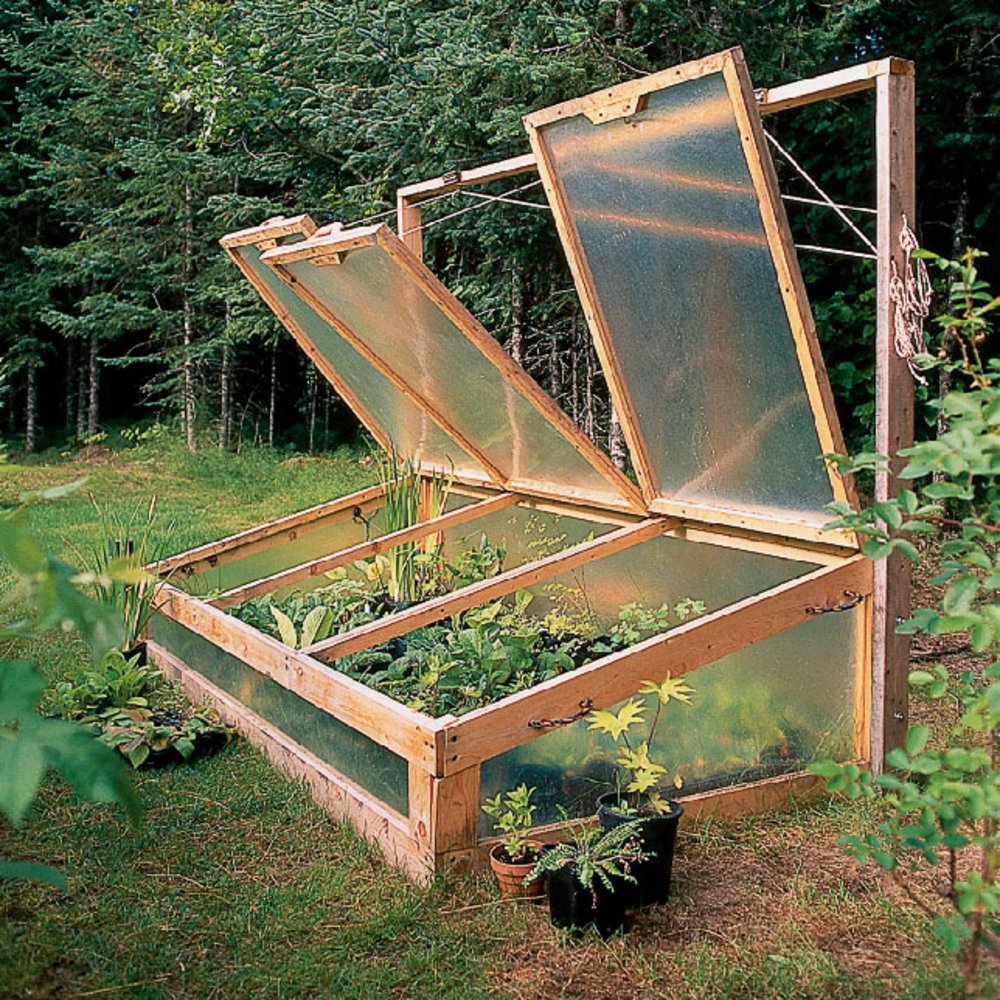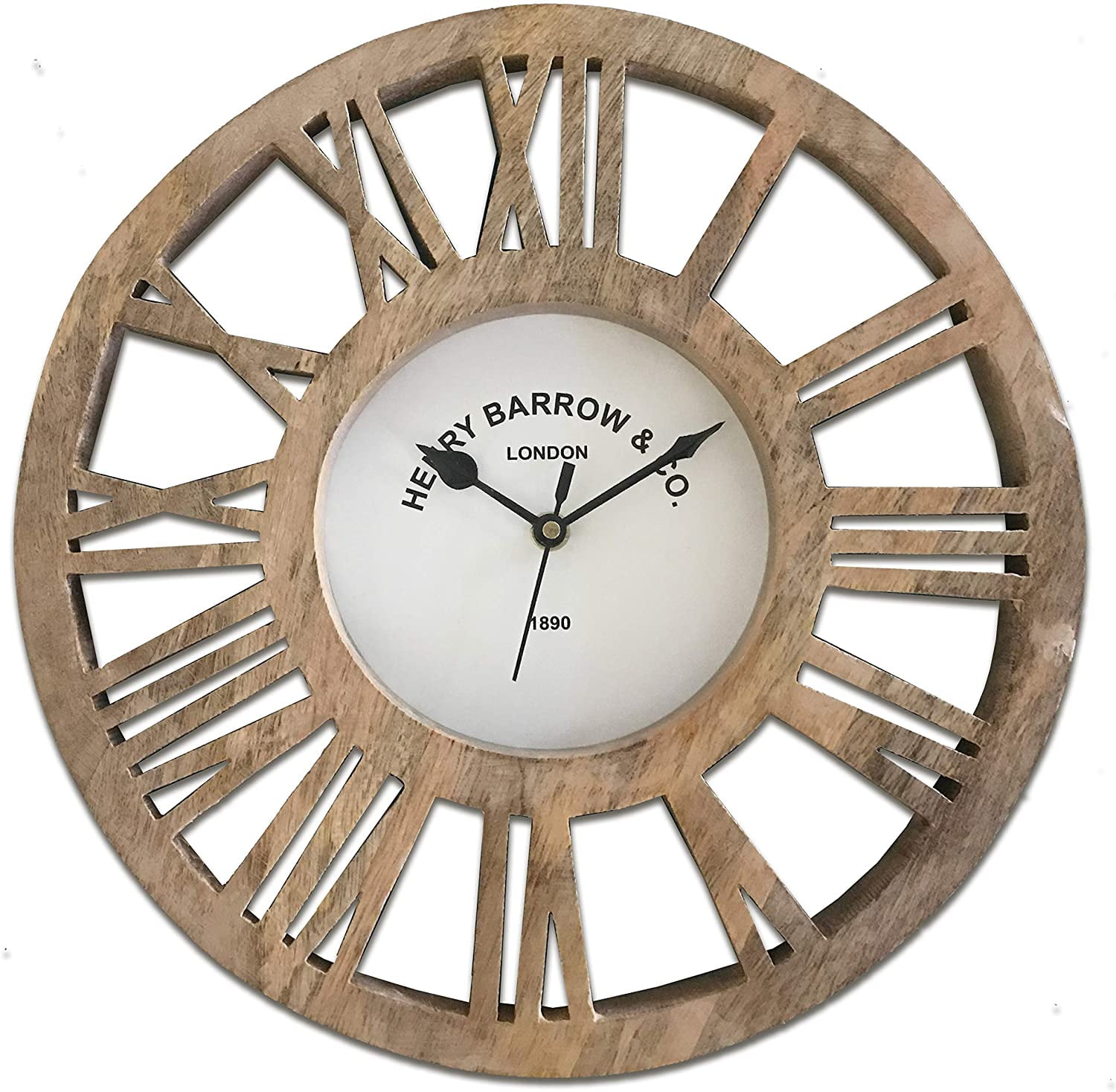
Building a Functional Wooden Shoe Rack with Minimal Tools: A Beginner's Guide
Hey there, fellow DIY enthusiasts! Let's face it, shoe chaos is a real thing. That overflowing pile by the door? Yeah, we've all been there. But what if I told you that you could banish that chaotic mess and build a stylish, functional shoe rack using only a handful of tools? It's totally doable, even if you're a complete beginner. This guide will walk you through creating a simple, yet effective shoe rack, perfect for entryways, closets, or even bedrooms. Let's get started!
Choosing Your Materials: Keep it Simple
The beauty of this project is its simplicity. You don't need exotic hardwoods or fancy joinery techniques. We're going for functional and easy. Here's what you'll need:
- Wood: Pine is a great option because it's readily available, relatively inexpensive, and easy to work with. Consider using 1x4 inch lumber for the sides and shelves. You can adjust the length based on how many shoes you want to store and the available space. For a typical rack, two 3-foot lengths for the sides and three 2-foot lengths for the shelves should suffice.
- Wood Glue: A good quality wood glue is essential for strong joints.
- Wood Screws: 1 1/4 inch wood screws are perfect for securing the shelves to the sides. Get a box of at least 24, just to be safe.
- Sandpaper: You'll need sandpaper in a few grits (80, 120, and 220) to smooth out the wood and get a nice finish.
- Optional: Wood stain or paint to customize your shoe rack. A sealant is also a good idea if you’re staining to protect it.
Tools You'll Need: The Minimalist Approach
I'm emphasizing the "minimal tools" aspect here, so let’s keep it simple. You'll only need a few basic tools, most of which you probably already have around the house:
- Measuring Tape: Accurate measurements are crucial for a well-built rack.
- Pencil: For marking your cuts and screw locations.
- Saw: A hand saw will work just fine. A circular saw would make it quicker but isn't strictly necessary.
- Drill with Drill Bits: You’ll need a drill bit slightly smaller than the diameter of your wood screws to create pilot holes. This prevents the wood from splitting.
- Screwdriver (or drill with screwdriver bit): To drive in the screws.
Building Your Shoe Rack: Step-by-Step Instructions
Cutting the Wood
First, measure and cut your lumber according to your chosen dimensions. Remember to account for the thickness of your wood when calculating the spacing between shelves. For example, if you want 12-inch spacing between shelves and your wood is 1 inch thick, you'll cut your shelf supports to be 11 inches apart.
Assembling the Sides and Shelves
Apply wood glue to the ends of the shelf supports. Then, position the shelves between the two side pieces, making sure they are evenly spaced. Pre-drill pilot holes before screwing the shelves to the side pieces. This is a crucial step to prevent the wood from splitting, especially with hardwoods. Use your drill to carefully drive in your screws, ensuring they’re snug but not overtightened.
Sanding and Finishing
Once the glue is dry and everything is securely fastened, take your sandpaper and smooth out any rough edges or splinters. Start with the coarser grit (80) and gradually move to finer grits (120 and then 220) for a really smooth finish. If you're using stain or paint, apply it according to the manufacturer's instructions. Let it dry completely before applying a sealant (if using). This will protect your shoe rack from spills and wear.
Tips for Success
- Measure twice, cut once: This is the golden rule of woodworking. Accurate measurements are key to avoiding mistakes.
- Use clamps: Clamps will help hold the pieces together while the glue dries, resulting in a much stronger joint.
- Don't overtighten screws: Overtightening can strip the wood or break the screws.
- Take your time: Rushing the process can lead to mistakes. Relax, take your time, and enjoy the process.
- Personalize it!: This is your chance to get creative. Paint it a bright color, stain it a rich dark brown, or even add some decorative elements.
Variations and Upgrades
This basic design is a great starting point. You can easily customize it to fit your needs and style. Consider these options:
- Add more shelves: Need more storage? Simply add more shelves to accommodate more shoes.
- Make it taller/wider: Adjust the dimensions to fit the space you have available.
- Add dividers: For better organization, you could add small dividers to separate different types of shoes.
- Use different types of wood: Experiment with different wood types to achieve different looks and levels of durability.
- Incorporate wheels: Add caster wheels to the bottom for easy mobility.
Frequently Asked Questions (FAQs)
Q: Can I use other types of wood besides pine?
A: Absolutely! Hardwoods like oak or maple will result in a more durable and aesthetically pleasing rack, but they'll be more challenging to work with for beginners.
Q: How much does this project cost?
A: The cost will vary depending on the price of lumber and other materials in your area, but you should be able to build a basic rack for under $20-$30.
Q: What if my screws are too long and go through the wood?
A: Use shorter screws, or if you have already driven the screws in, use wood filler to fill the holes on the other side.
Q: How do I prevent the wood from warping?
A: Acclimate your wood to the environment for a few days before you begin working on your project. Also, ensure your wood is properly dried before use.
Q: Can I build this without a drill?
A: While a drill makes the process much easier, you can technically use a screwdriver, but it will take significantly longer.
There you have it! With a little time and effort, you can build a functional and stylish shoe rack that will transform your entryway or closet. Happy building!


